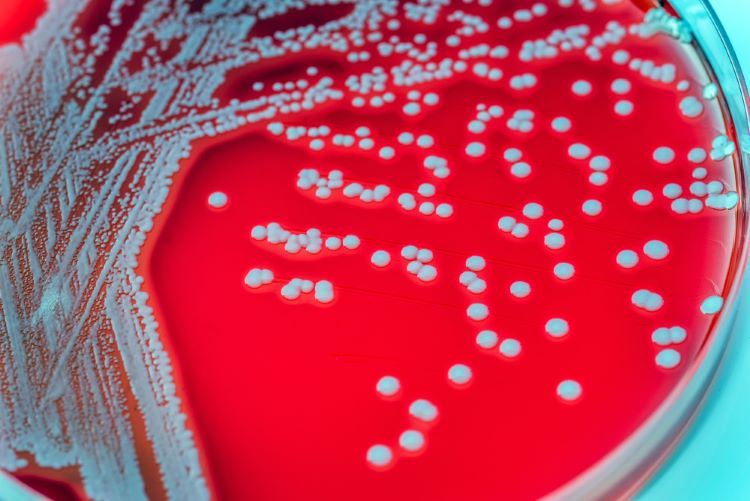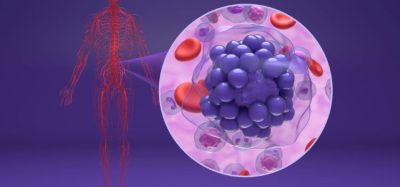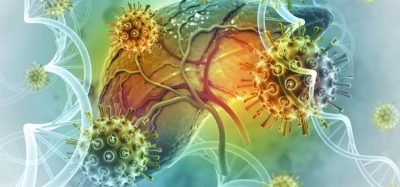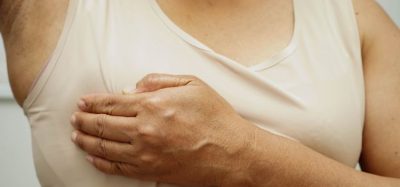Employing MALDI-TOF MS for microbial identification in sterile drug manufacturing
Posted: 7 March 2024 | Catherine Eckford (European Pharmaceutical Review) | No comments yet
A study investigating microbial risks of the entire manufacturing process has identified MALDI-TOF MS as a promising first-line tool for pharmaceutical environmental monitoring.


A paper published in Frontiers in Microbiology has described an innovative strategy for microbial identification and contamination investigation during sterile manufacturing of drugs. The approach utilised matrix-assisted laser desorption ionization-time of flight mass spectrometry (MALDI-TOF MS) for microbial identification.
Over a period of three months, two hundred ninety-two samples were collected covering multiple critical components of raw materials, personnel, environment, and production water. The strategy used in the study determined the bacterial profile across the production process.
Microbial identification
Determining the source of contamination
Song et al. stated that Staphylococcus spp. (40.25 percent), Micrococcus spp. (11.20 percent), Bacillus spp. (8.30 percent), Actinobacteria (5.81 percent), and Paenibacillus spp. (4.56 percent) held the most significant proportion of genus-level microbial contamination.
“With 75.8 percent species-level and 95.4 percent genus-level identification capability, MALDI-TOF MS was promising to be a first-line tool for [an] environmental monitoring [EM] routine.”
During the study, the researchers worked to determine the source of the most frequently occurring Staphylococcus cohnii, “which evidenced a widespread presence in the entire process”, the paper explained. Micrococcus luteus was also shown to be a frequently occurring contaminant, according to the paper.
Starvation stress key in Micrococcus luteus cleanroom survival
Another key finding was that 58 percent of the bacterial spore-forming species were isolated from raw materials. In contrast, 32 percent were isolated from environmental surfaces. As such, the authors emphasised the importance of raw material quality control and transfer disinfection.
Study results
the largest contamination source was the production environment, occupying more than 70 percent of all isolates”
Song et al. confirmed that the findings from the microbial identification study showed “that the largest contamination source was the production environment, occupying more than 70 percent of all isolates”. This was followed by the water system.
Further examination of the contamination distribution in different grade areas indicated that the highest rate (52 percent) was found in grade C clean areas. Notably, there was “a decreasing tendency to the higher-grade cleanroom”.
The paper determined that “the increased quantity and diversity of contaminants suggested a wide range of contamination sources”. There were 30 isolates recovered from the grade A production area, the paper reported. The authors explained that this was evidence of “severe contamination within this production environment”.
In summary, the authors acknowledged that overall, the microbial identification strategy described in the study “will facilitate the development of improved production and environmental control processes for the pharmaceutical industry”.









